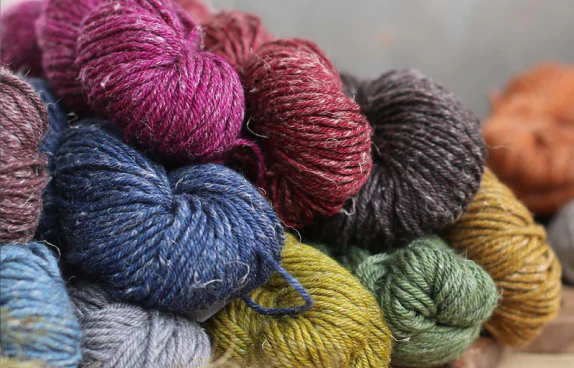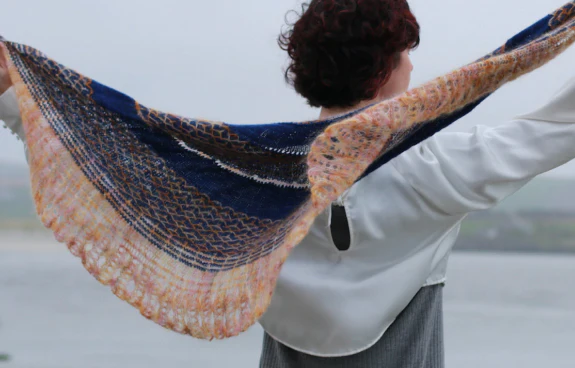Knit Basics
If you are new to knitting, or want to learn more about different techniques come jump into our Knit Basics blog.

Explore our Step-By-Step Guide
See all our knit basics articles here, from basics through to more advanced techniques.
Start with a Hat!
Get the yarn, pattern, and full video workshop to get you started on your knitting journey. The Floop Hat is a great first project. We have bite sized step-by-step video tutorials that take you from your first cast on right through to binding off and blocking your brand new hat. All available 24/7 across multiple devices and an interactive comments section so you can reach out if you have any questions. What are you waiting for?
Are you a brand new knitter?

Everything you need in one place
In this beginner's knitting kit you will have everything you need to complete your first few knitting projects; working from a garter pouch through to a hat and finally a baby cardigan. Plus an extensive online video course to get you started.

Learn the basics with Zero to Knit
Become your own knitting hero by learning the skills you need to knit your first cardigan your way. Zero to Knit is a power-packed workshop series that takes you by the hand from utter knitting novice right the way through to completing your first (mini) cardigan.

Abbreviations got you stumped?
Starting your knitting adventure can be a little daunting especially when it comes to knitting terms and abbreviations. Check out our list of common abbreviations here so that you can take your next knitting steps with ease and confidence.

Fall in love with your next project
If you learn best by doing, then why don't you work yourself through one of our beginner patterns? All techniques are explained in detail with links to video tutorials where necessary.




